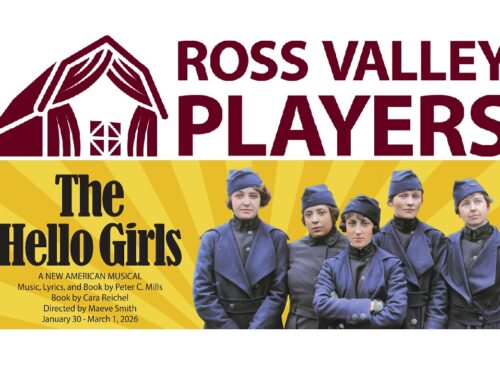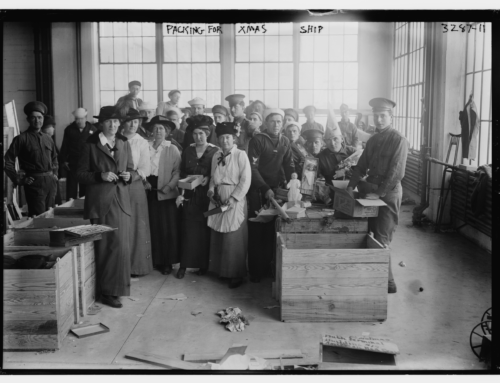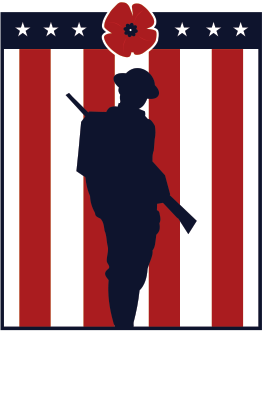Laurel & Hardy: The WWI M1917 of ‘Pack Up Your Troubles’
Published: 1 August 2025
By Mark Nash
via the The Online Tank Museum website
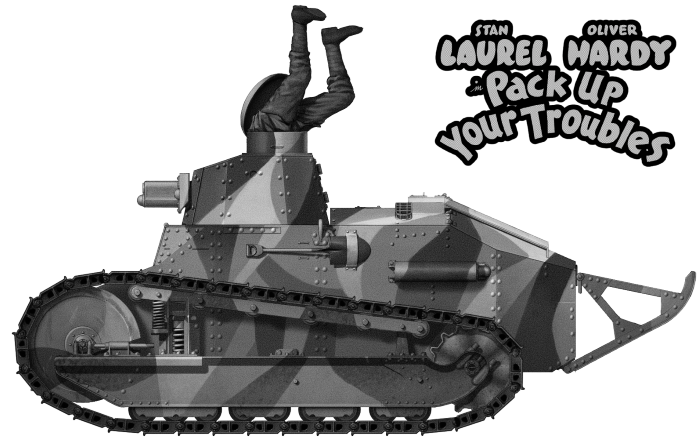
L-H-M1917-ft-img
Original poster for Laurel & Hardy’s 1932 feature film ‘Pack Up Your Troubles’. Released in 1932, it was the legendary duo’s second feature film. Photo: IMDB
United States of America (1932)
Real Prop Tank – 1 Used
When one thinks of tanks, one may not instantly think of Laurel and Hardy, the legendary comedy duo of the silver screen. Nonetheless, in their 1932 feature-length picture Pack Up Your Troubles, the duo exchange their iconic bowler hats for helmets in the trenches of the First World War. After being effectively press-ganged into the US Army, their usual tomfoolery results (for all of two minutes) in the duo briefly becoming the crew of an abandoned tank lost in no-man’s-land.
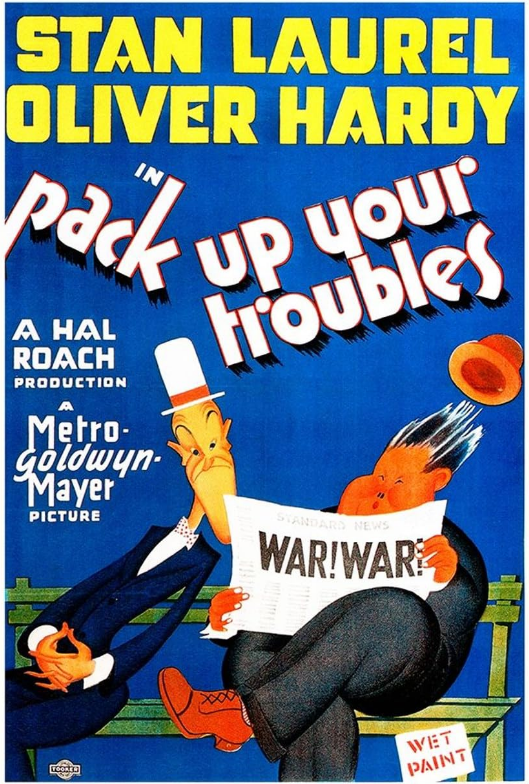
Original poster for Laurel & Hardy’s 1932 feature film ‘Pack Up Your Troubles’. Released in 1932, it was the legendary duo’s second feature film. Photo: IMDB
In 1932, Stan Laurel (1890-1965) and Oliver Hardy (1892-1957), better known as simply ‘Stan and Ollie’ were at the height of their careers. Before being brought together by producer Hal Roach in 1927, the actors had successful solo careers in the early days of Hollywood and silent comedies. Upon unification, the duo’s stardom only increased, with the pair becoming one of the most successful comedy acts in history. Still adored today, Stan and Ollie starred in numerous short films – both silent and early talkies. Some of their work up to 1932 includes The Hoose-Gow, Blotto, They Go Boom, Hog Wild, Another Fine Mess, Helpmates and the Academy Award-winning The Music Box. In 1931, they expanded into feature-length films with Pardon Us.
Only their second feature film, Pack Up Your Troubles was released on September 17th, 1932. It was directed by George Marshall & Raymond McCarey, and written by H. M. Walker. As with many of their pictures, a lot of the writing was also done by Stan Laurel himself. The film was produced by Hal Roach and shot in Hal Roach Studios, while distribution was handled by Metro-Goldwyn-Mayer (MGM). Alongside Stan and Ollie, the film starred several of their regular foils, such as James Finlayson, Charles Middleton, and Charley Rogers. Other stars of the silver screen, such as Mary Carr, Don Dillaway, Tom Kennedy, and Billy Gilbert, were also featured.
A pre-code (pre-standardized censorship) film, Pack Up Your Troubles was named after George Henry Powell’s well-known WW1 song, “Pack Up Your Troubles in Your Old Kit-Bag, and Smile, Smile, Smile“. With quite a melancholy narrative, the film may also be one of Laurel & Hardy’s most poignant pieces. It is far more serious than most of the duo’s other works, although it is not the only film or short of theirs to have a military-based story. Others include the 1931 short Beau Hunks, the 1935 feature Bonnie Scotland, the 1938 feature Block Heads, and the 1939 feature The Flying Deuces. The plot of Pack up Your Troubles is initially set during the First World War, and covers America’s entry into the conflict, before shifting to the time immediately following its end. The plot also deals with the loss of friends in combat, and the effect that it can have on loved ones and family.

Official promotional still from the production of ‘Pack Up Your Troubles’. The film featured a real US Army M1917 tank. Photo: MGM
America’s First Tanks
One of the most important things to cover is the anachronistic use of the M1917 in the film. When it was introduced in 1917, the Renault FT was a revolutionary design. Featuring a fully rotating turret, leaf spring suspension, and an engine compartment that was separate from the crew, the FT was a completely different vehicle than the initial lumbering behemoths of World War 1. Unlike the “heavy” tanks employed during the war, the FT was relatively light, agile, and adaptable. With what would become the orthodox crew layout, a 360-degree range of turret traverse and being somewhat nimble, the FT was more flexible than its “landship” predecessors.
→ Read the entire article on The Online Tank Museum website here:
External Web Site Notice: This page contains information directly presented from an external source. The terms and conditions of this page may not be the same as those of this website. Click here to read the full disclaimer notice for external web sites. Thank you.
